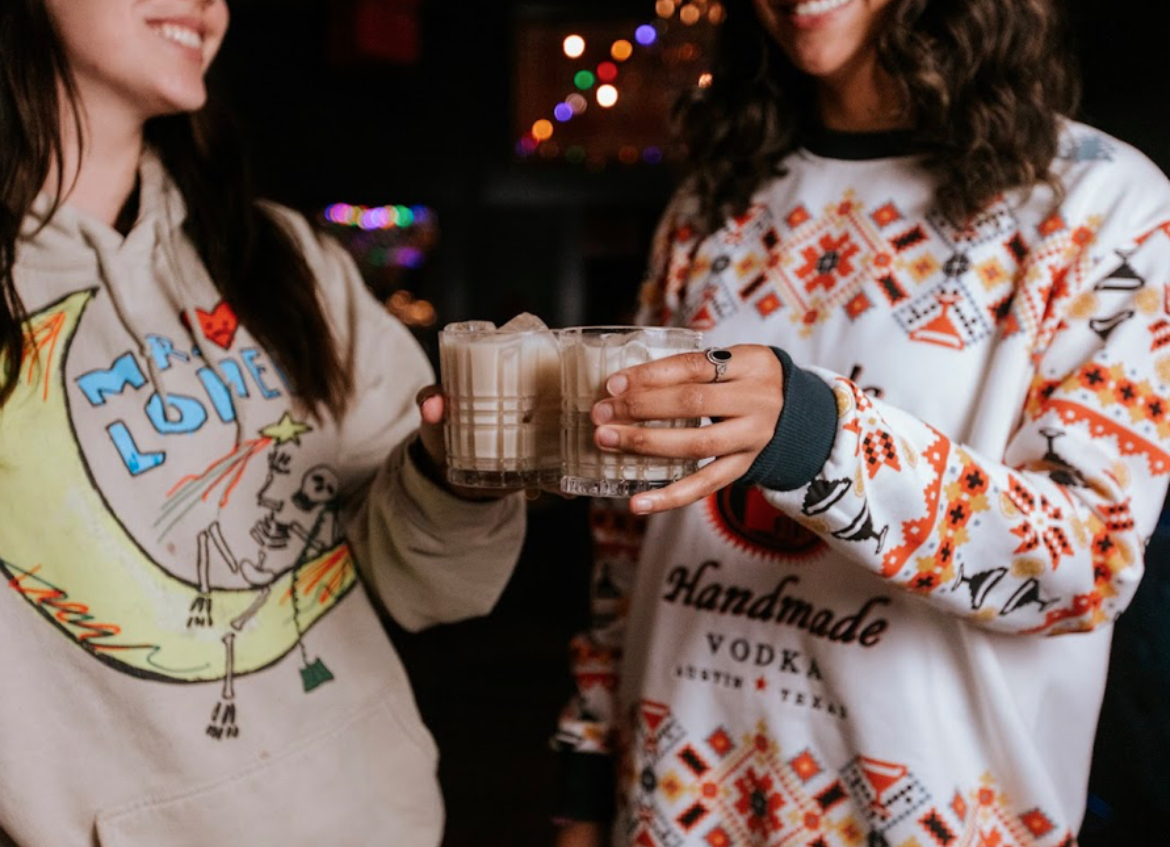Through swift, freezing currents, far below where light can penetrate or any human could survive, UA graduate student Robin Cobb will direct a remotely operated submarine through deep-ocean waters at 2,000 to 3,000 feet below the surface.
Cobb, a graduate student from Harvest studying marine science, will explore these barely known depths aboard a research ship with a team of other scientists participating in the National Oceanic and Atmospheric Administration deep-sea ecosystems study in the Atlantic Gulf Stream off the coast of Savannah, Ga.
Fred Andrus, assistant professor of geological sciences and Cobb’s advisor, has participated in six previous NOAA deep-sea study voyages, and will join Cobb as a part of the research team again on this year’s expedition.
“Where as we used to think oceans this deep didn’t have much life, we were wrong,” Andrus said. “There is lots of life down there, and we are trying to figure out what is there, how we can take care of it, and how we can use it. It’s kind of a cliché, but it’s true that we have a better understanding of the surface of the moon and perhaps even Mars than we do for some parts of the deep ocean.”
The barrel-sized remote-operated submarine, which Cobb and a pilot will use a joystick to guide from aboard the NOAA research ship, Pisces, is outfitted with robotic arms, cameras and other equipment used to gather and bring to the surface, things like coral specimens and water samples.
Cobb, who said she has been in love with marine science ever since taking a class on the subject as a high school sophomore, has always lived by a saying her grandmother taught her, “You can never know enough.”
And over the course of the study that will take place from April 8-14, Cobb will not only be learning a lot about a place few even know of, but her research will be adding vital information about a very little explored or understood ecosystem.
The focus of Cobb and Andrus’ research will be Stylasteridae coral, an exotic deep-sea coral that Andrus describes as beautiful and lace-like.
“Dr. Andrus had some coral samples from his previous studies, and we are hoping to get some more,” Cobb said. “Nobody has ever really studied this type of coral before and so I think our findings will be pertinent in the future. By using things like isotope chemistry and scanning microscopes to study the samples, we can hopefully gain information about past climates, past sea salinity, and maybe even past sea levels.”
As remote and virtually inaccessible as the sea floor of the Atlantic Ocean may be, Andrus said understanding just such deep-sea areas is becoming increasingly important.
“Deep water fish are very important, for one because we eat them,” Andrus said with a laugh. “But as overfished waters have forced commercial fisherman to begin looking at other species of fish, one being the wreck fish, which is about 4 feet long and lives at depths of around 2,000 feet. The fisheries are very well monitored right now, but these are environments that we don’t understand and haven’t damaged yet and want to make sure that we don’t damage. Life there is very slow growing, which can mean damage to it could be more detrimental than we might think.”
Andrus also said this slow growth process is why corals like the Stylasteridae, which he and Cobb are studying, can give provide so much insight into the climates and conditions of the past.
“It is almost like looking at a fossil,” Andrus said. “Learning about the climate conditions of the past can help us predict what it may do in the future.”








